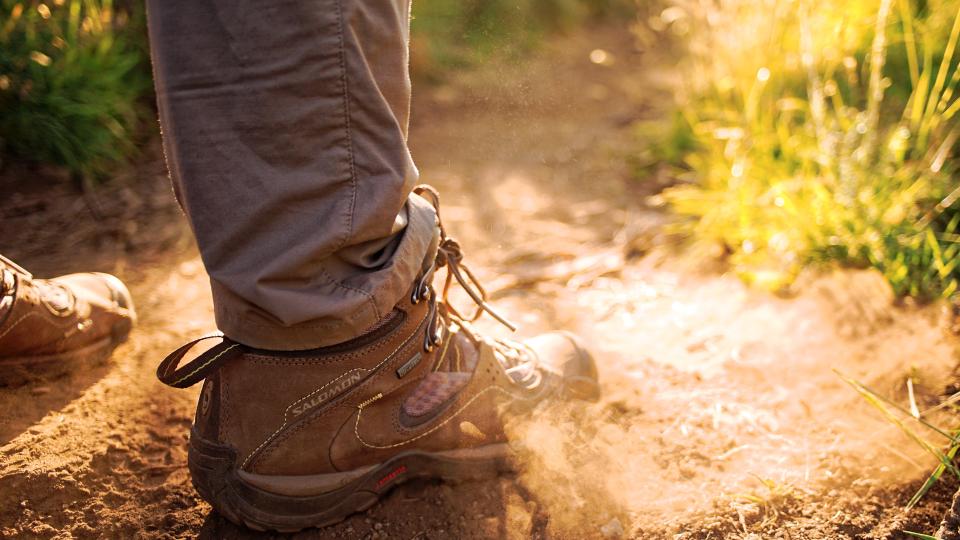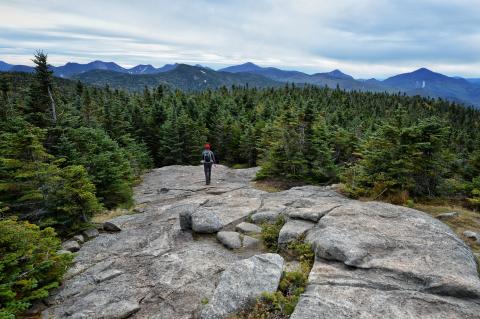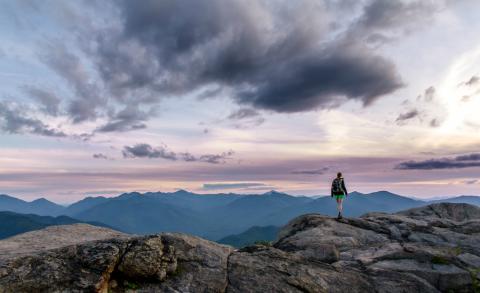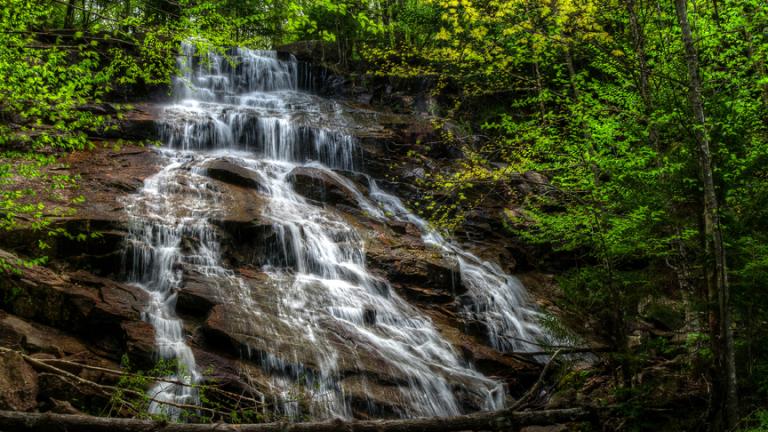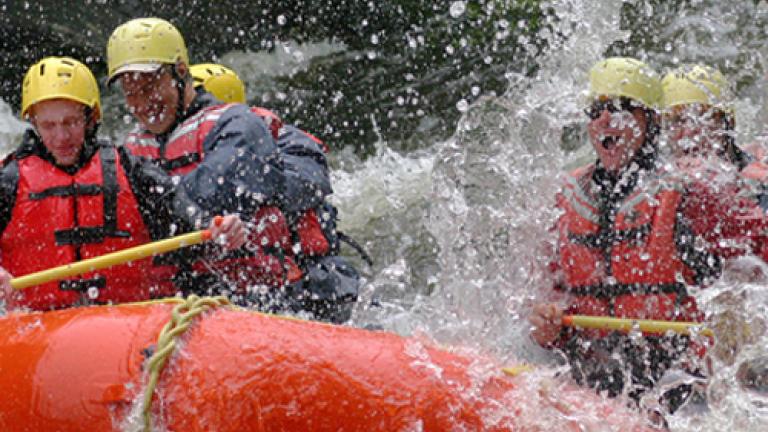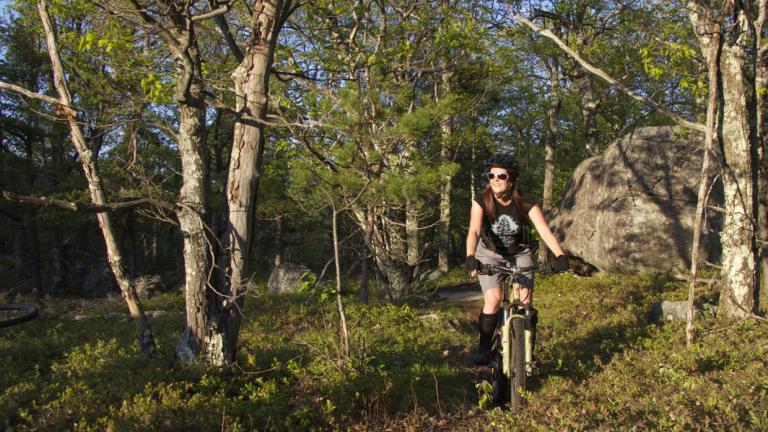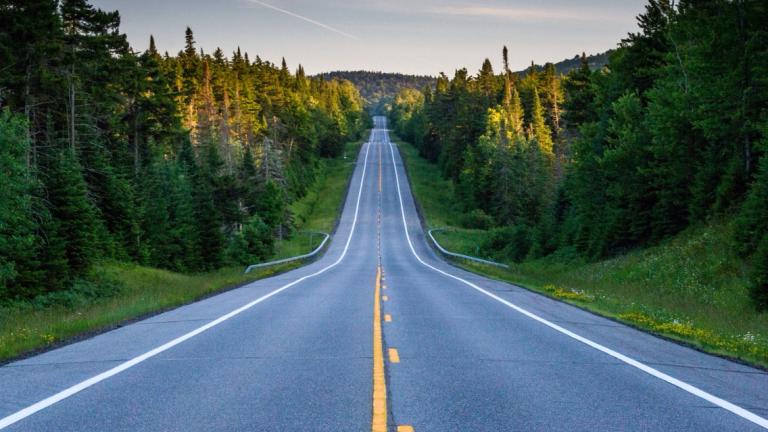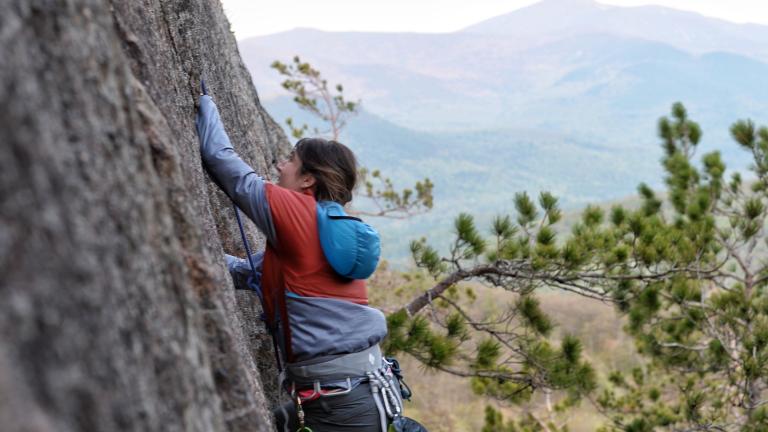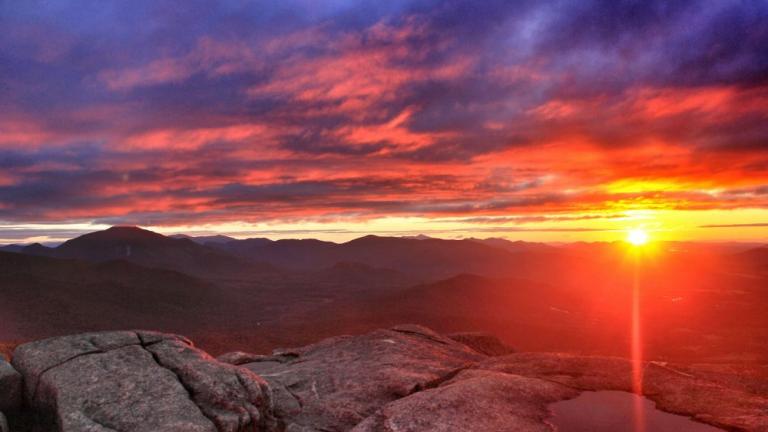Areas to Avoid Hiking During Mud Season in the Adirondacks
These high elevation trails in the Dix, Giant and High Peaks Wilderness Areas of the Adirondacks are particularly vulnerable during the muddy spring season and should be avoided.
High Peaks Wilderness Area: Wet, muddy snow conditions often prevail on the following trails above 3,000 feet until late May or early June:
- Algonquin
- Colden
- Feldspar
- Gothics
- Indian Pass
- Lake Arnold Cross-Over
- Marcy
- Marcy Dam - Avalanche - Lake Colden, which is extremely wet
- Phelps Trail above John Brook Lodge
- Range Trail
- Skylight
- Wright
- All "trail-less" peaks
Dix Mtn. Wilderness Area: Avoid all trails above Elk Lake and Round Pond.
Giant Mtn. Wilderness Area: Avoid all trails above Giant's Washbowl, "the Cobbles," and Owls Head.
The New York State Department of Environmental Conservation (DEC) website contains additional information on trail conditions in the Adirondacks or you may contact the DEC Forest Rangers at 518- 897-1300.
For most emergencies (other than those listed below), call 911
If you are lost in the woods or see a forest fire, contact the Forest Rangers: 1-833-NYS-RANGERS (1-833-697-7264)
